.jpg)
Many old houses are in disrepair.
Hoi An ancient town is bustling with tourists these days. Most of the facades of the old houses are used for business purposes. However, deep inside many of the old houses are still facing serious deterioration.
We entered the old house at 150 Tran Phu. The owner of the relic does not live here but rents it out for business and has quite a lot of customers. In the front and back of the house, the roof system leaks in some places, the rafters and rafters are infested with termites.
The tenant said that the Hoi An World Heritage Conservation Center has reinforced the areas that are at risk of falling off the pillars. However, every time it rains, water still seeps in and flows everywhere.
Many houses are deep in the alleys, have little commercial value and are even more seriously degraded. After a long search, we finally reached the old house hidden deep at 56/10 Le Loi. The ancient tiled roofs are covered with moss and grass, low and nestled between the new houses rising high.
.jpg)
The house was dark, with tarps strung everywhere. The homeowner, Mrs. Phan Thi Mot, was old and sick and slept under a tarp to keep out the rain. Her daughter-in-law, Mrs. Tran Thi Thanh Tam, said: “For decades, we have been living here temporarily and cannot move because this is the place to worship our ancestors. The pillars and beams are rotten in many places and leak everywhere. A few years ago, the government had a policy to support 65% of the cost to renovate the house, but our poor family cannot find the remaining 35%, which is several billion VND, to repair the house.”
According to the inventory of the Hoi An World Cultural Heritage Conservation Center, this is a grade I ancient house. The yin-yang tiled roof system is leaking in some places, the wooden structure is severely damaged, and has been supported over the years.
Mr. Tong Quoc Hung, Vice Chairman of Hoi An Ward People's Committee said: "Every rainy and stormy season, the locality assigns residential groups to review and inspect houses at risk, and at the same time coordinates with the Hoi An World Cultural Heritage Conservation Center, a specialized agency with the function and task of supporting and protecting relics."
.jpg)
Recently, construction units have been supporting the relics, completing them before the storm season. “In recent years, there have been no incidents of relics collapsing during the storm season. The general policy is to absolutely not allow any old houses, big or small, in the old quarter to collapse because it will greatly affect the preservation and development of tourism ,” said Mr. Hung.
Mr. Pham Phu Ngoc, Deputy Director of the Hoi An World Cultural Heritage Conservation Center, said that the unit has just conducted an inspection, review, and assessment of the degradation of relics to deploy flood and storm prevention work for the relics in 2025, to ensure the safety of all relics in the world cultural heritage of Hoi An Ancient Town.
Initial results show that there are more than 30 relics in a state of degradation, with the potential risk of collapse. These relics have been supported and reinforced over many years and have plans to prevent storms and floods.
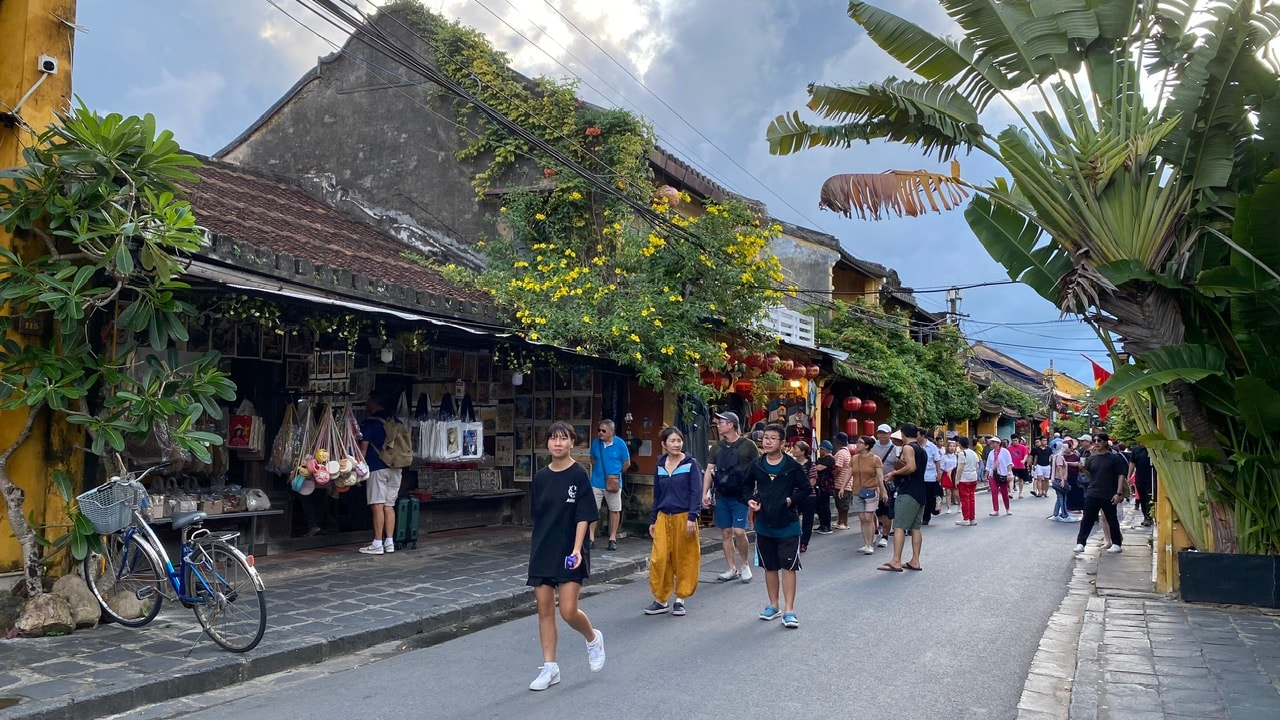
Need long-term solution
According to Mr. Tong Quoc Hung, in the past, Hoi An city (old) had a plan to support the repair of relics. This included financial support and interest support for people to borrow to repair relics, at many levels depending on the classification and level of damage. More than 20 severely degraded relics were given interest-free loans or used entrance fee revenue to support the restoration.
“One difficulty in relic restoration is that Hoi An ancient town is a relic where people live. Many relics have multiple owners. All restoration and repair of relics greatly affects the authenticity as well as life, business and tourism activities. Up to now, there is still no long-term overall plan to preserve the relics,” said Mr. Hung.
According to Mr. Pham Phu Ngoc, in order to be more proactive and completely resolve the situation of degraded relics, while protecting the original value of the relics as well as ensuring the safety of life and property of people living in the old town, the Hoi An World Cultural Heritage Conservation Center has requested the People's Committee of Hoi An Ward to pay attention and coordinate with the center to conduct a comprehensive review and assessment of the current status of works and relics in the old town.
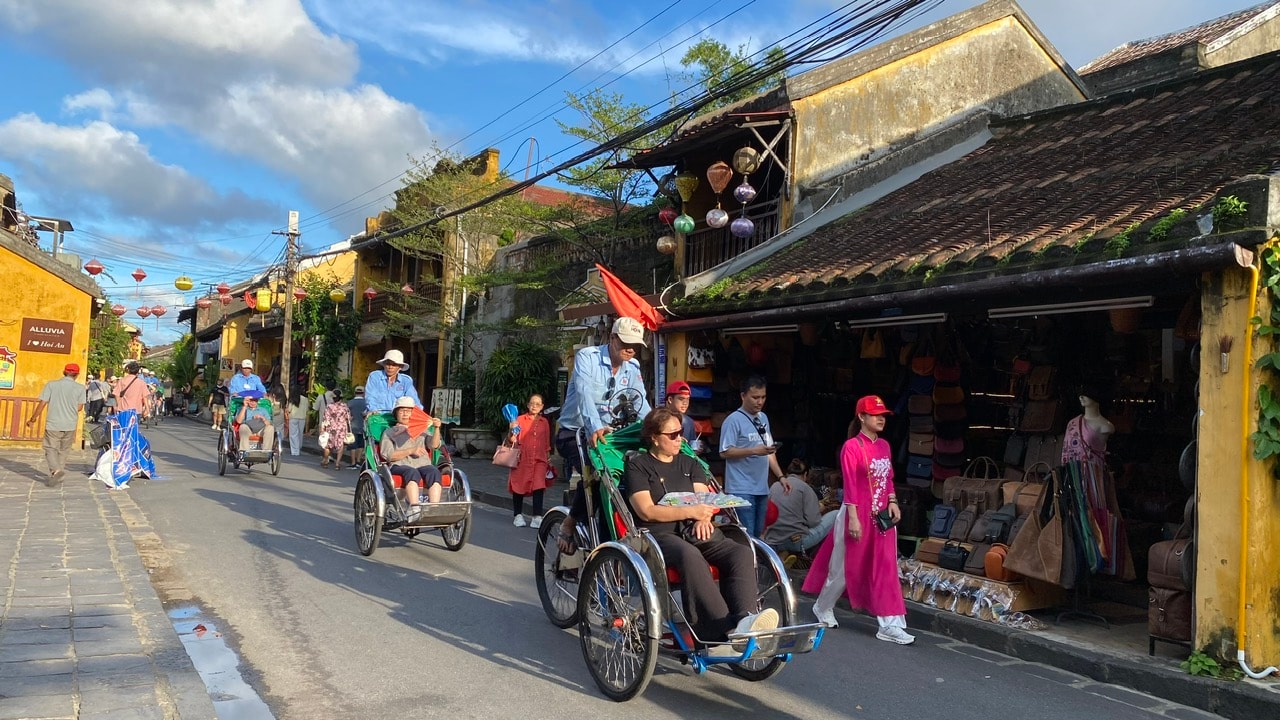
On that basis, make a specific list of the state of degradation, propose additional bracing and reinforcement measures for severely damaged locations. At the same time, coordinate with related households to make a commitment record and develop a plan to relocate or temporarily demolish relics at risk of collapse, to ensure safety during the 2025 storm season.
“In order to preserve the originality and integrity of the heritage, while ensuring the safety of people and tourists in the old town, the center has requested the Department of Culture, Sports and Tourism to report to the People's Committee of Da Nang city for approval, to develop an emergency investment project to restore relics at risk of collapse, using 100% state funding. The goal is to sustainably preserve Hoi An heritage,” said Mr. Ngoc.
According to the survey results of the Hoi An World Cultural Heritage Conservation Center, the total number of degraded relics is 30. Of which, 9 are seriously degraded relics; 7 are slightly degraded relics; and 14 are heavily degraded relics. Regarding proposals for support and demolition: Relic owners support themselves (21); no longer able to support, propose demolition (9). Proposed relocation: Local relocation (within the relic): 17; relocation elsewhere: 10; no relocation: 3.
Source: https://baodanang.vn/noi-lo-nha-co-mua-mua-bao-3306533.html


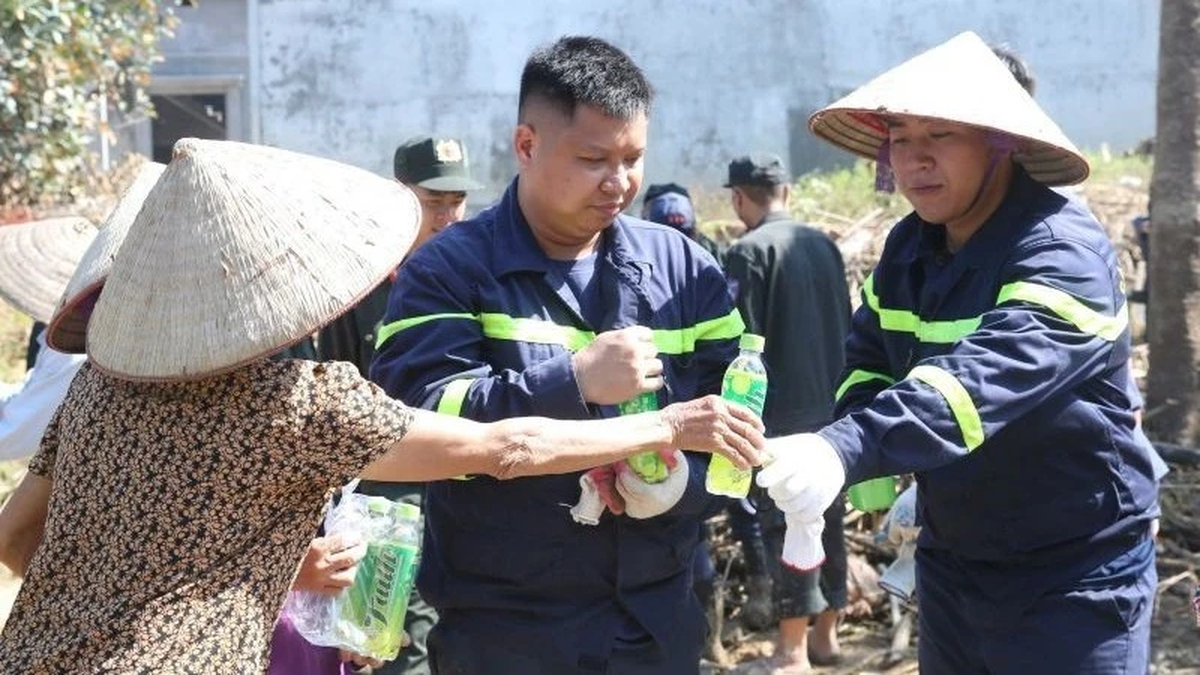
![[Photo] Closing ceremony of the 18th Congress of Hanoi Party Committee](https://vphoto.vietnam.vn/thumb/1200x675/vietnam/resource/IMAGE/2025/10/17/1760704850107_ndo_br_1-jpg.webp)
![[Photo] General Secretary To Lam attends the 95th Anniversary of the Party Central Office's Traditional Day](https://vphoto.vietnam.vn/thumb/1200x675/vietnam/resource/IMAGE/2025/10/18/1760784671836_a1-bnd-4476-1940-jpg.webp)

![[Photo] Collecting waste, sowing green seeds](https://vphoto.vietnam.vn/thumb/1200x675/vietnam/resource/IMAGE/2025/10/18/1760786475497_ndo_br_1-jpg.webp)
![[Photo] Immerse yourself in the colorful musical world of “Secret Garden Live in Vietnam”](https://vphoto.vietnam.vn/thumb/1200x675/vietnam/resource/IMAGE/2025/10/18/1760805978427_ndo_br_thiet-ke-chua-co-ten-41-png.webp)




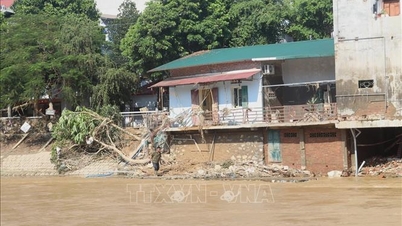
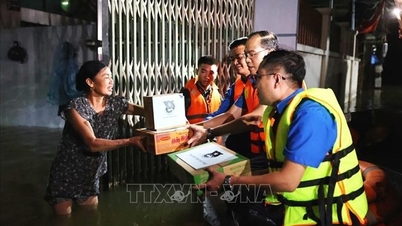
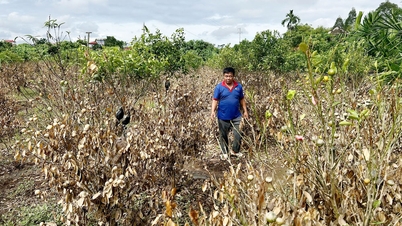






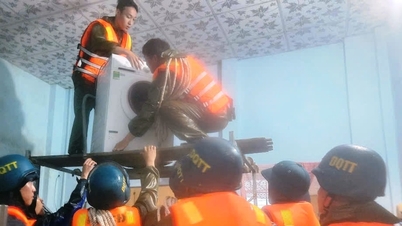







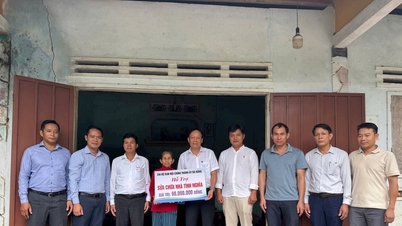
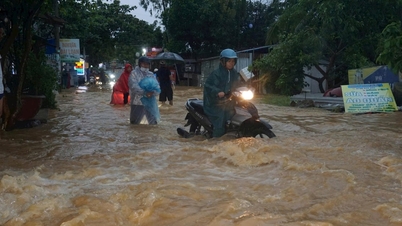










































































Comment (0)